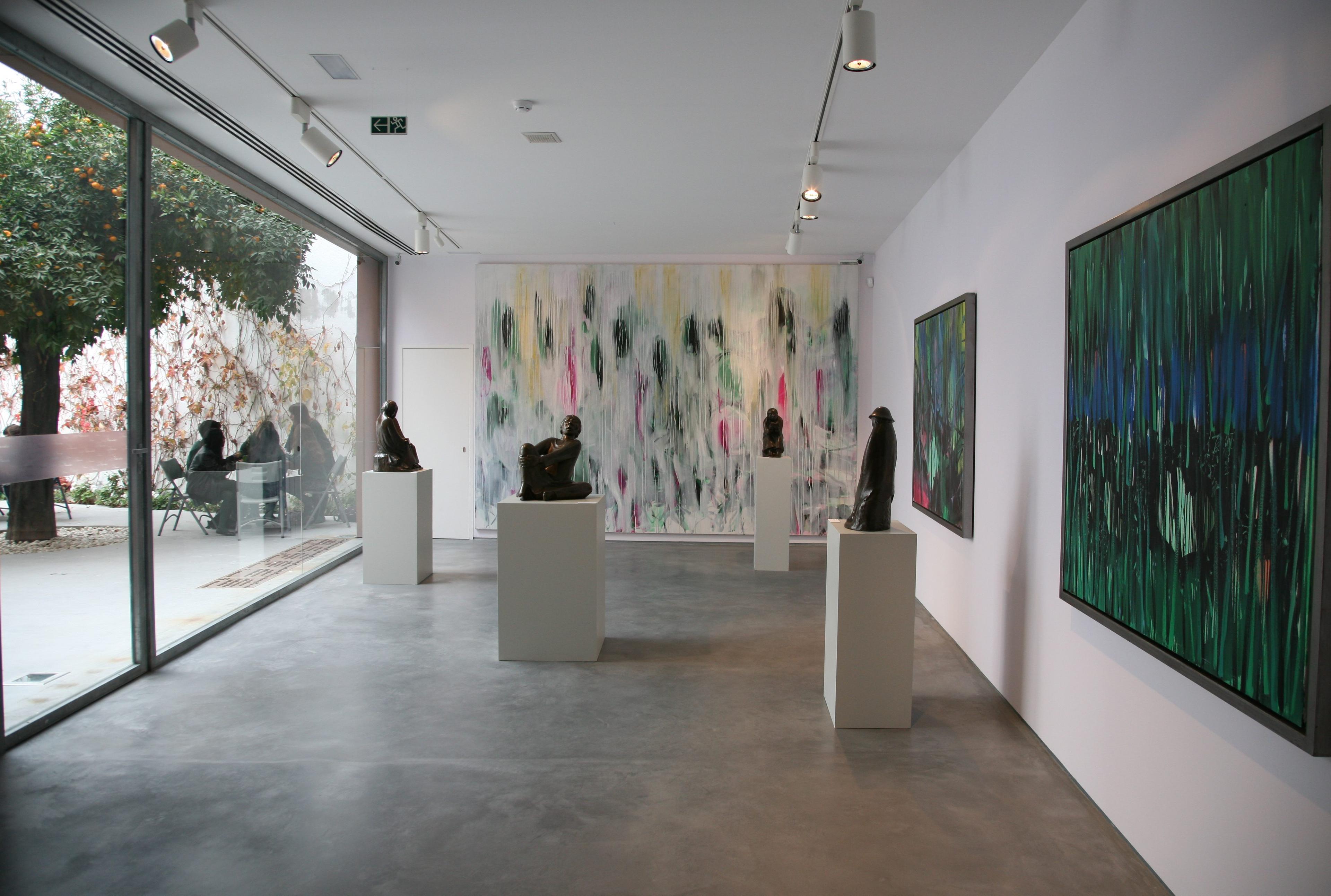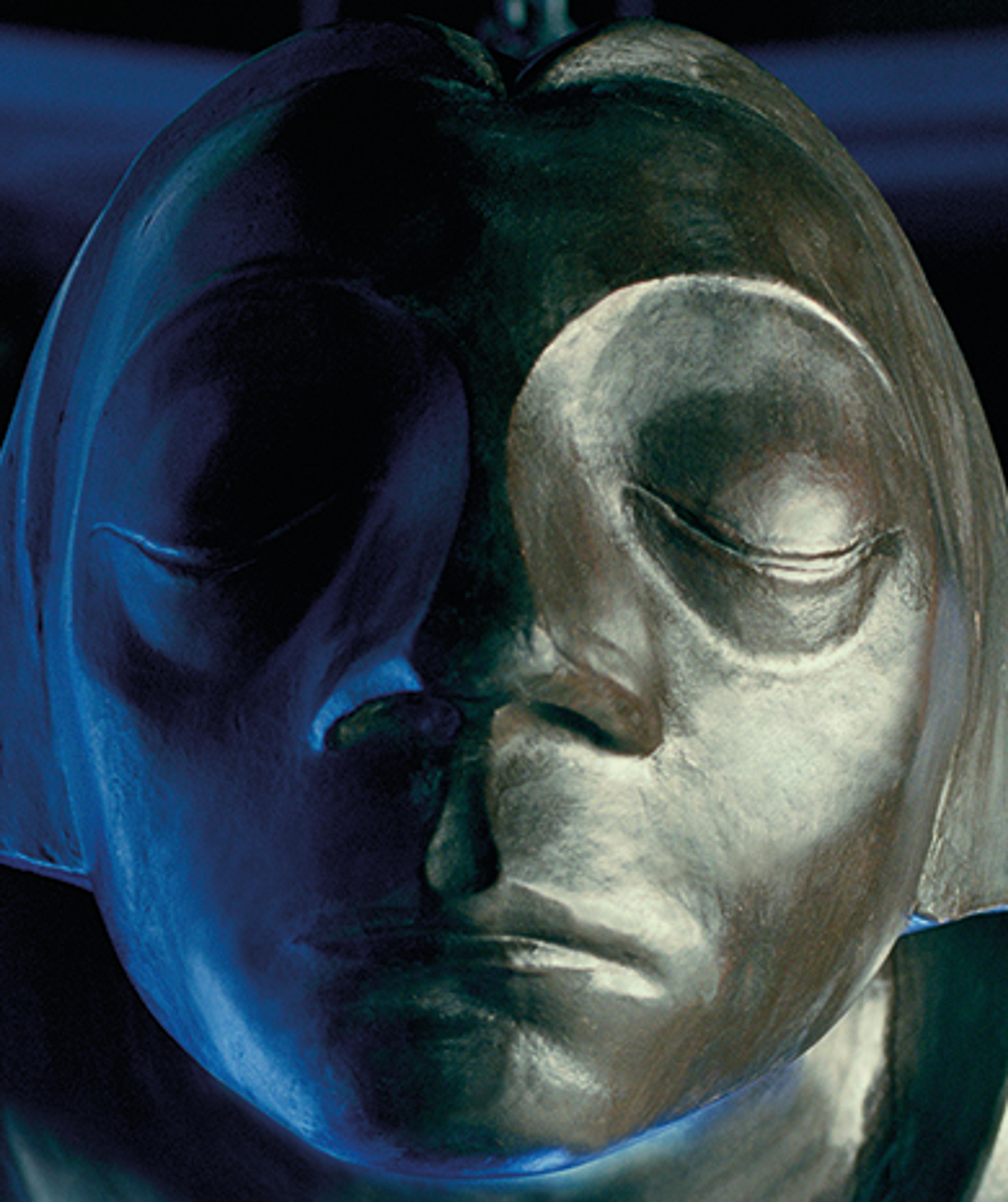
17.07.2016 - 05.03.2017
Friedensreich Hundertwasser - Paths to Paradise
The exhibition of works by Friedensreich Hundertwasser is like a return to the luminous, coloristic sources of our ideas of paradise.
Barlach Kunstmuseum Wedel
We see intact nature, exuberant colors, glistening light, happy inhabitants of a humane architecture.
The work of Friedensreich Hundertwasser is today one of the most significant and idiosyncratic positions in the art of the twentieth century. Despite the immense popularity that the talented networker and determined worker achieved at a very early age, the notion of the quirky loner and outsider persists to this day.
His artistic intention was to conceive of a world in which, after some 250 years of industrial history, the balance between man and nature had been restored. And this is precisely what he tried to formulate in his paintings and buildings. Hundertwasser's works are explanatory pictures for the re-encounter of man and nature to the same extent as they are research instruments with which solutions for a paradisiacal natural development of man are proposed. For his works of art are meant to touch a broad and not only relevantly educated audience and to move them to rethink.
Hundertwasser, while creating his prophetic works and giving the world his incomparable buildings, felt committed to an extremely complex concept. Standing in front of a work by the artist, we perceive colors, shapes and imaginary worlds that we cannot compare with what we are used to in everyday life: Not a straight line, not a right angle, not a regular shape can be seen. We experience a symphony of pure colors in an unknown world of forms and a view of nature that goes far beyond the classic image of nature and landscape.
The spiral is the most frequent motif in Hundertwasser's works and he returns again and again to this symbol of the cycle of life. The vegetative spiral embodies the natural process and the living in his art. It stands for journey - path - freedom and abstraction, but it also stands as a symbol for the personal development of the artist, for whom the process of creation, the process of life and the process of reflection should coincide into one. Perhaps the time gap between the artist's death in 2000 and the artistically as well as politically and ecologically changed circumstances of the 21st century enables us to gain a new perspective on this work and to recognize its revolutionary potential even today: "Imagine tomorrows world" Friedensreich Hundertwasser was buried in the "Garden of the Happy Dead" on his country estate in New Zealand.
The exhibition: "Hundertwasser - Paths to Paradise" was realized in close cooperation with private lenders.
Responsible: Eberhard Schnake, Jürgen Doppelstein, Heike Stockhaus. For the financial support we thank the city of Wedel and the Kulturstiftung der Stadtsparkasse Wedel.






